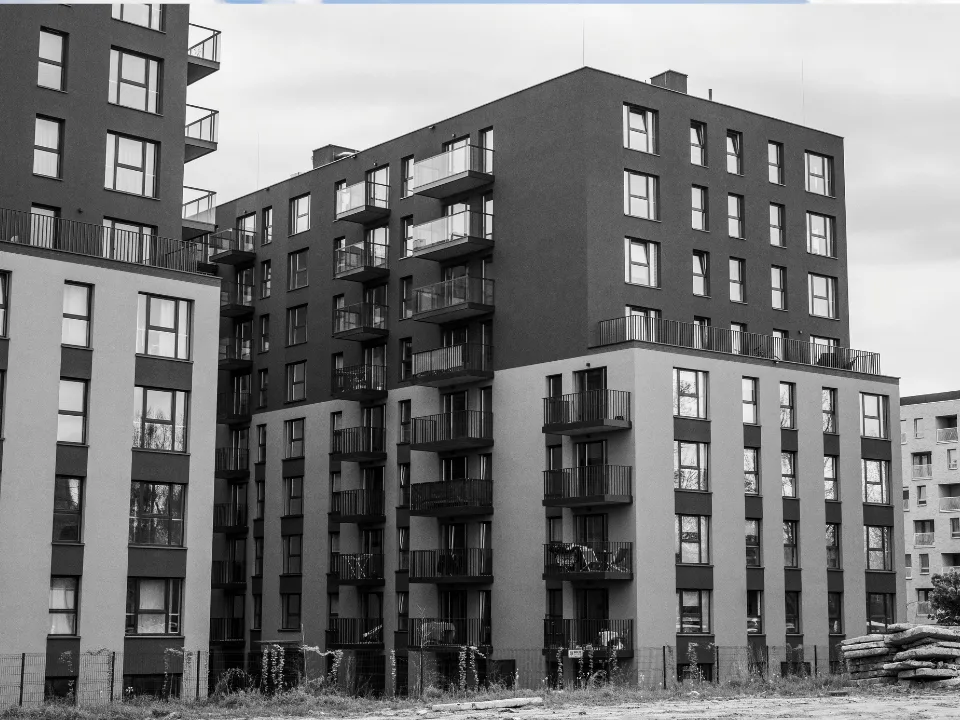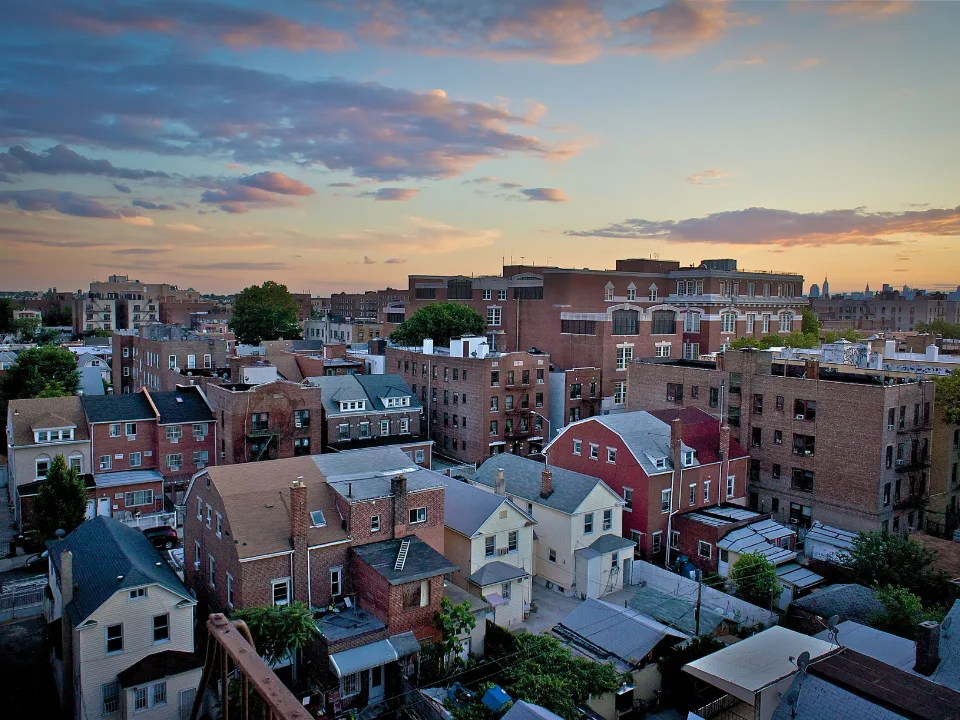- A NYU Furman Center report found that over 57% of housing units built in NYC Opportunity Zones between 2019 and 2024 were market-rate, and most were located in non-low-income neighborhoods.
- The federal Opportunity Zone (OZ) program, designed to spur investment in distressed areas, failed to significantly boost affordable housing, per the report.
- Proposed federal reforms may reduce NYC’s share of OZ tracts, and experts say those changes won’t meaningfully redirect investments toward affordable housing.
- Broader federal housing budget cuts could further strain affordable housing development, with the city bracing for deep program and funding losses.
Opportunity Missed In Opportunity Zones
The Opportunity Zone program was marketed as a tool for revitalizing underserved areas. However, a new report from NYU’s Furman Center paints a different picture in New York City, reports The Real Deal. The program largely benefited higher-income neighborhoods. It primarily fueled market-rate housing rather than affordable development.
Between 2019 and 2024, nearly 50K new housing units were constructed in the city’s Opportunity Zones. However, more than 57% of these units were market-rate, with a significant portion located in areas that didn’t meet traditional definitions of distress.
Policy Setup Undermined Affordability Goals
The state originally designated 306 Opportunity Zone tracts across NYC. Fourteen of them were adjacent to low-income areas — a loophole permitted by the original legislation. Those adjacent tracts saw a 16% increase in new housing, more than double the 6% growth in low-income OZs.
These areas often already had the groundwork for large-scale development due to previous upzoning and the expiring 421a tax break, making them attractive with or without OZ benefits. Projects like the 921-unit building at 101 Lincoln Avenue in the Bronx and two 800+ unit developments in Long Island City exemplify this trend.
“While OZ status may have added a layer of financial benefit…it wasn’t the driver,” the report states. City-led zoning decisions and expiring tax incentives were the real catalysts.
Affordability Goals
The state originally designated 306 Opportunity Zone tracts across NYC. Fourteen of them were adjacent to low-income areas — a loophole permitted by the original legislation. Those adjacent tracts saw a 16% increase in new housing, more than double the 6% growth in low-income OZs.
These areas often already had the groundwork for large-scale development due to previous upzoning and the expiring 421a tax break, making them attractive with or without OZ benefits. Projects like the 921-unit building at 101 Lincoln Avenue in the Bronx and two 800+ unit developments in Long Island City exemplify this trend.
“While OZ status may have added a layer of financial benefit…it wasn’t the driver,” the report states. City-led zoning decisions and expiring tax incentives were the real catalysts.
Get Smarter about what matters in CRE
Stay ahead of trends in commercial real estate with CRE Daily – the free newsletter delivering everything you need to start your day in just 5-minutes
Limited Affordable Housing Impact
The report found “little evidence” that Opportunity Zone designations significantly advanced affordable housing. Additionally, pairing OZ benefits with affordable housing programs proved difficult due to conflicting regulations and financing structures.
Upcoming federal reforms may make things worse for NYC. A House bill proposes:
- Eliminating the contiguous tract provision
- Lowering the income threshold for distressed designation from 80% to 70% of area median income (AMI)
- Requiring 33% of OZ designations go to rural areas
This shift could reduce the number of NYC zones and further limit affordable development incentives, says Nixon Peabody’s Nicholas Anderson.
Broader Cuts Compound The Problem
Affordable housing developers are also bracing for federal budget cuts proposed by former President Trump. The plan slashes HUD’s budget by $33B, including:
- A $26B cut to rental assistance
- Conversion of Section 8 into a limited grant program
- Elimination of the HOME Investment Partnerships Program and Community Development Block Grants (CDBGs)
NYC officials estimate such cuts could displace up to 300K public housing residents and hamper emergency repair and preservation efforts.
“Any funding cuts…undermine our strategies to house families and individuals — including our most vulnerable neighbors,” said an HPD spokesperson.
What’s Next?
The Senate has yet to weigh in on the Opportunity Zone reforms, and housing advocates hope changes will include more provisions to support existing OZ funds and encourage affordable development.
Urban Institute’s Brett Theodos suggests deeper reforms: “We could narrow the program by identifying truly needy places and/or identifying worthy investment project-types.”
But with federal support dwindling and real estate incentives misaligned, the promise of Opportunity Zones as a driver of equitable development in NYC remains elusive.


















